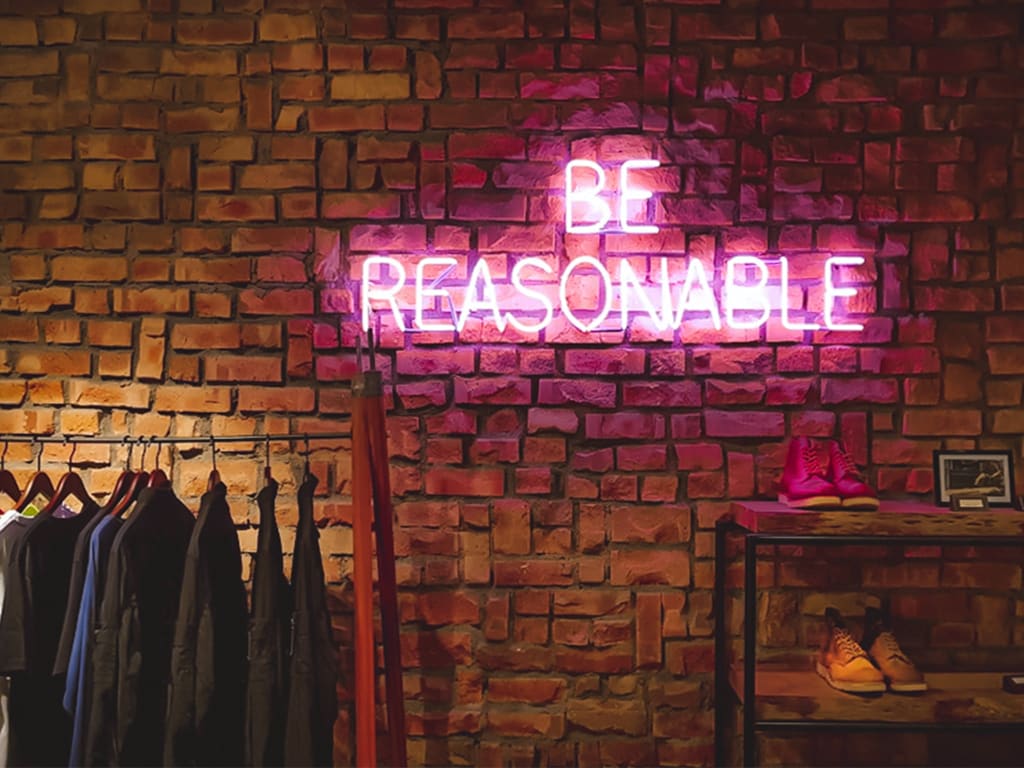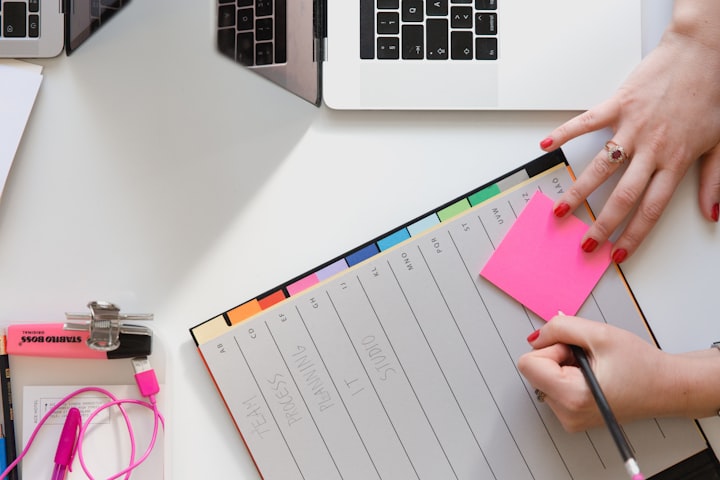Fact or Fiction? A Guide to Finding Honest Information
Five Ways to Become a Better Fact-Checker

On a colorful gradient background sit words so false that they make your blood boil. You wince and scroll down. 15 likes. 3 shares.
We live in an age where information is exponentially more accessible than it has ever been. Not just can we consume anything we'd like via the internet, we can also easily create online content (E.g. this article). With such a quick onset of information availability, the growing pains that our cultures are enduring seem perfectly reasonable.
Suddenly, we all have to learn to be internet-media literate, a shockingly arduous challenge for many, particularly those that are still working on being technologically literate! If you or one of your loved ones are beginning your journey into understanding the internet, let these steps be a beginner's guide.
Looking for honest information? Follow these five steps to improve your fact-checking prowess:
1. Be a Critic
Take a critical look at the websites you’re on. Do they look well-made? If you’re being slammed with pop-ups and getting lost in a confusing website’s sitemap, you’re likely in a sketchier corner of the internet. One of the easiest ways to determine whether you should trust what you’re reading is to become a website critic.
A respectable company or individual will take time to develop a respectable website. Having heaps of grammar errors, strange design glitches, and website bugs are red flags. If you find yourself on a corner of the internet that looks out-of-date or doesn’t pass any of these website reliability checks, it’s best to look elsewhere for your information.
2. Read the Whole Story
Did you know that 60% of people in the United States don’t read beyond the title of news stories?
A survey from the American Press Institute found that, in 2014, only four out of every ten participants read deeply into news articles weekly. Another study by Computer Scientists at Columbia University found similar results, that only 40% of links shared on social media are first even clicked by the sharer.
Here’s something you might not know about headlines: they’re sensational! They are designed to be intriguing, and blog writers, journalists, and everyone in between trains to develop phenomenal headings for their work. In the wonderful world of content marketing, there’s best practice and theory on designing titles to get clicks and shares.
Depending on the marketer or writer, they might not always be true to their content, sometimes exaggerating the content to make a more interesting social-media-shareable.
To ensure you don’t get accidentally ensnared by one of those sorts of articles, read the content before you share it. Otherwise, you might become victim to sharing an article like this one below on your feed, which was made by a satirical site to make fun of people who don’t read whole articles:
3. Check Out the Author
It's easy to create misinformation on the internet. Webpages often have an air of officiality but, nowadays, anyone can post whatever is on their mind. All it takes is a website builder (or a Vocal account) and some time, and any nefarious (or confidently incorrect) fellow can hop on and say whatever nonsense they’d like the digital world to see.
Another good way to gauge fact from fiction is checking out that creator. Usually, when someone doesn’t have anything to hide, they’re happy to connect their name, face, or other accounts to their content. If you’re a creator, you already know how important it is to receive credit for your work. When no one is claiming ownership for a piece of content, that should set off a symphony of alarm bells.
Even when a name or face is attached, vigilance is still essential. Once you find a creator, it’s important to start asking questions like:
- Do they have some form of experience or proficiency in what they’re sharing?
- Is it easy to find professional information about them?
- Is their portfolio full of content that seems credible?
If any of the answers you find yield a cause for concern, close out that tab and speed-walk away.
4. Check the Sources
Of course, not all writers are experts on the content they write about. That's where citations come in! Citing sources is how authors show their audience where they obtained information and what proof they have for their claims.
Any reputable informative, persuasive, or other nonfiction piece will have at least one or two sources. Even field experts - Ph.D. holders included - will usually provide links for further information on claims and niche concepts. According to the Boston University School of Public Health, the only time an author should not cite is when the information is:
Common knowledge Generally accepted or observable facts Original ideas Lived experiences*
*It's important to note here that lived experiences are not always the most trustworthy source of evidence. If you're interested in learning about anecdotal fallacy, check out Learn How Anecdotal Evidence Can Trick You! by statistician Jim Frost.
5. Acknowledge Your Bias
No one is immune to bias. That includes you, me, and everyone you've ever met. Our brains aren't perfect machines and, as a result, we're prone to abstraction, simplification, and pareidolia. The first step to counteracting the errors your brain can make is being able to admit you can be fooled.
In my anecdotal experience, I've found that the people least likely to admit when they are mistaken about something are also the most likely to mistake an unreliable source for a source of truth. If you believe you're the least gullible in your friend group, I suggest brushing up on cognitive biases and starting a journey of self-assessment.
A Final Word:
It's essential that you consider the bias of your regular sources. Not all well-known sources are of the same quality. Recall: everyone can be fooled, and anyone can post on the internet. To make your bias check a little easier, behold the glorious Ad Fontes Media Bias Chart:
I leave you with this challenge: make a small improvement to your media. Try and move up the chart from your current choice to a more reliable news source. Even a small step up can have a positive effect on your mental wellness and logical reasoning.
P.S. If you're skeptical of the chart, I love that, you're doing great! Here's a link to the methodology used to design the chart. Also, be sure to check out this article that takes a critical look at this tool and another commonly used bias chart.
About the Creator
Olivia L. Dobbs
Science Enthusiast, Naturalist, Dreamer, Nerd.
I crosspost my Medium articles here :)
You can find my main account on Medium: https://medium.com/@oliviadobbs13
Check out my science! -> bit.ly/DobbsEtAl






Comments
There are no comments for this story
Be the first to respond and start the conversation.